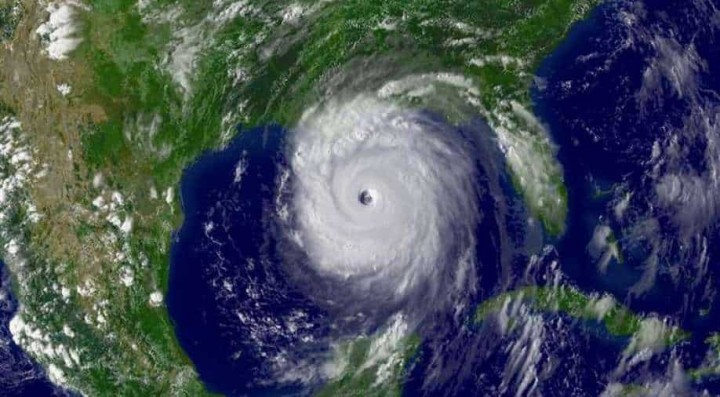Thousands of homes and businesses lost power after a storm hit the east coast of Canada on Saturday (24/09/22).
Although scientists have yet to conclude that Fiona’s behavior or severity is affected by climate change, there is strong evidence that this hurricane is getting worse.
Does climate change affect hurricanes?
Yes, storms are getting wetter, windier, and generally stronger due to climate change. Additionally, climate change is proven to slow down storms, allowing them to dump more water in one place.
Climate change would make the Earth much warmer without the oceans.
However, over the past 40 years, the oceans have absorbed 90% of the warming caused by emissions of heat-trapping greenhouse gases.
Near the surface of the water, most of the ocean’s heat is concentrated. Stronger winds and increased storm severity can result from this additional heat.
Additionally, the ability of storms to produce more precipitation could increase due to climate change. Warmer environments can store more moisture, so water vapor builds up until clouds form and raindrops are released, sending heavy rain.
The hurricane season is changing
Normal hurricane seasons are changing due to climate change as more months of the year become hurricane-friendly. In addition, hurricanes make landfall in places that deviate greatly from historical norms.
With more than 120 direct impacts since 1851, Florida has seen the most hurricane landfalls in the United States.
However, some storms became more intense and made landfall further north than in the past. This polar shift, scientists say, could be caused by an increase in global air and ocean temperatures.
According to Allison Wing, an atmospheric scientist at Florida State University, this trend worries mid-latitude cities like New York, Boston, Beijing and Tokyo because their infrastructure is unprepared for such storms.
However, it is not certain that climate change has an impact on the frequency of storms.
According to a study published in December in Nature Communication, a group of experts recently claimed to have detected an increase in the frequency of North Atlantic storms over the past 150 years. However, other studies are ongoing.
Read also : Are you a person who also likes to socialize? Get to know the following characters!
How do thunderstorms form?
Warm sea water and moist air are the two main components necessary for the formation of storms. Hot seawater evaporates, releasing heat energy into the atmosphere. As a result, storm winds became stronger. Without it, the storm could not get any stronger and would eventually die.
Cyclone, typhoonand Hurricane, What’s the difference?
These large storms go by different names depending on where and how they formed, although they are theoretically the same phenomenon.
When a storm developing over the central and eastern Atlantic or the North Pacific Ocean reaches wind speeds of at least 74 miles per hour, it is called a “hurricane” (119 kilometers at time). They were previously called “tropical hurricanes”.
An East Asian typhoon is the name given to a violent, rotating storm that develops in the Pacific Northwest. Meanwhile, cyclones are developing in the Indian Ocean and the South Pacific.
(***)

“Typical thinker. Unapologetic alcoholaholic. Internet fanatic. Pop culture advocate. Tv junkie.”






:strip_icc():format(jpeg)/kly-media-production/medias/4364539/original/048361100_1679281858-IMG_20230319_172150.jpg)
